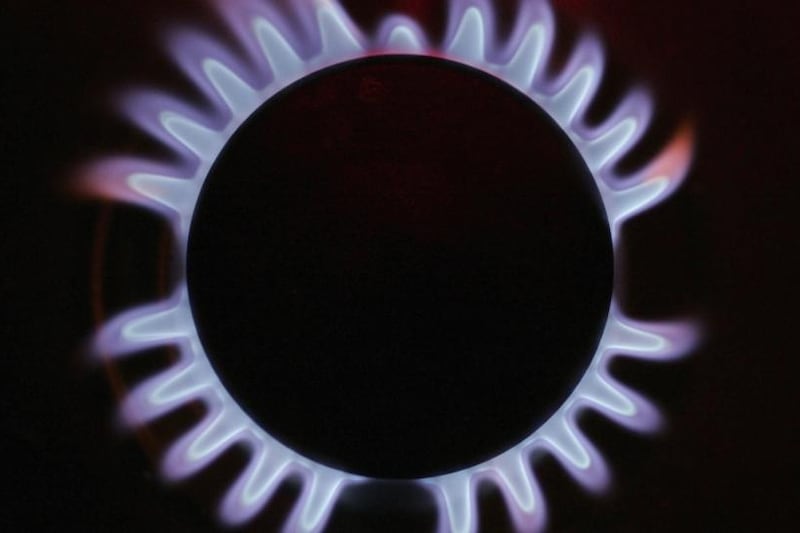It was a second quarter to forget for social media upstart Snap. Its Snapchat app had been expected by analysts to gain 2 million daily active users (DAUs) in the period. Instead, it lost 3 million, its first-ever quarterly decline in users.
As its share price started to turn south, the company did what any self-respecting publicly quoted tech company with quarterly earnings requirements would do in this situation: it hinted that from now on it will be focusing a little bit more on monthly active users (MAUs) as a measure of its popularity.
Snapchat is officially no longer as addictive, or "sticky", for its users as it once was. But its MAUs are still rising, which is more than can be said for those of Facebook and Twitter. For Facebook, the problem is mitigated by the fact that Instagram, which it owns, is also still seeing its MAUs go in the right direction, partly at the expense of Snapchat.
Prizes for originality
Proving that the prizes for originality in business may be short-lived, Instagram Stories, a feature that lets users post photos and videos that disappear after 24 hours, was copied from Snapchat Stories and has achieved its aim of luring younger users over to Instagram.
And while Snap’s decline in DAUs is most likely the direct result of a much-hated redesign of the app, its performance fits neatly into the wider narrative of social fatigue. This year may well be nothing more than a nervous blip in the unstoppable success story that is social media. But the question investors must surely ask is whether the early stellar growth rates that sent all of these companies racing to public flotations can possibly be sustained in each and every case.
Competition – for likes, status, attention – on social media may be fierce. It’s got nothing on the battle that’s unfolding between Silicon Valley’s social media giants.













